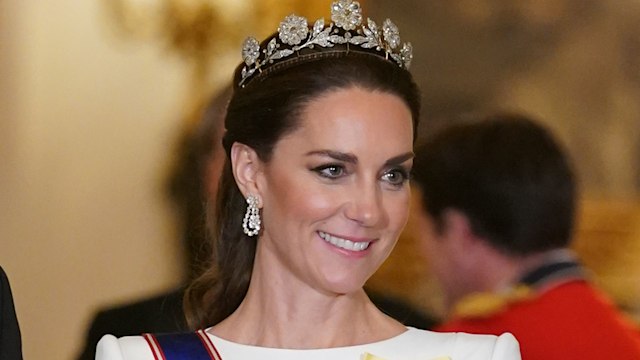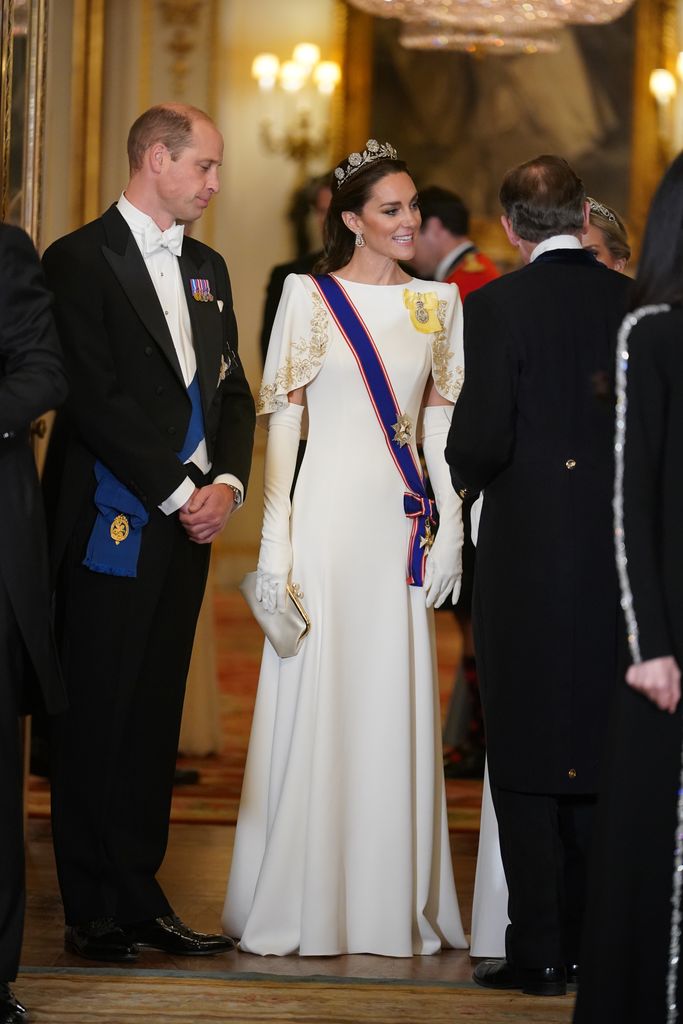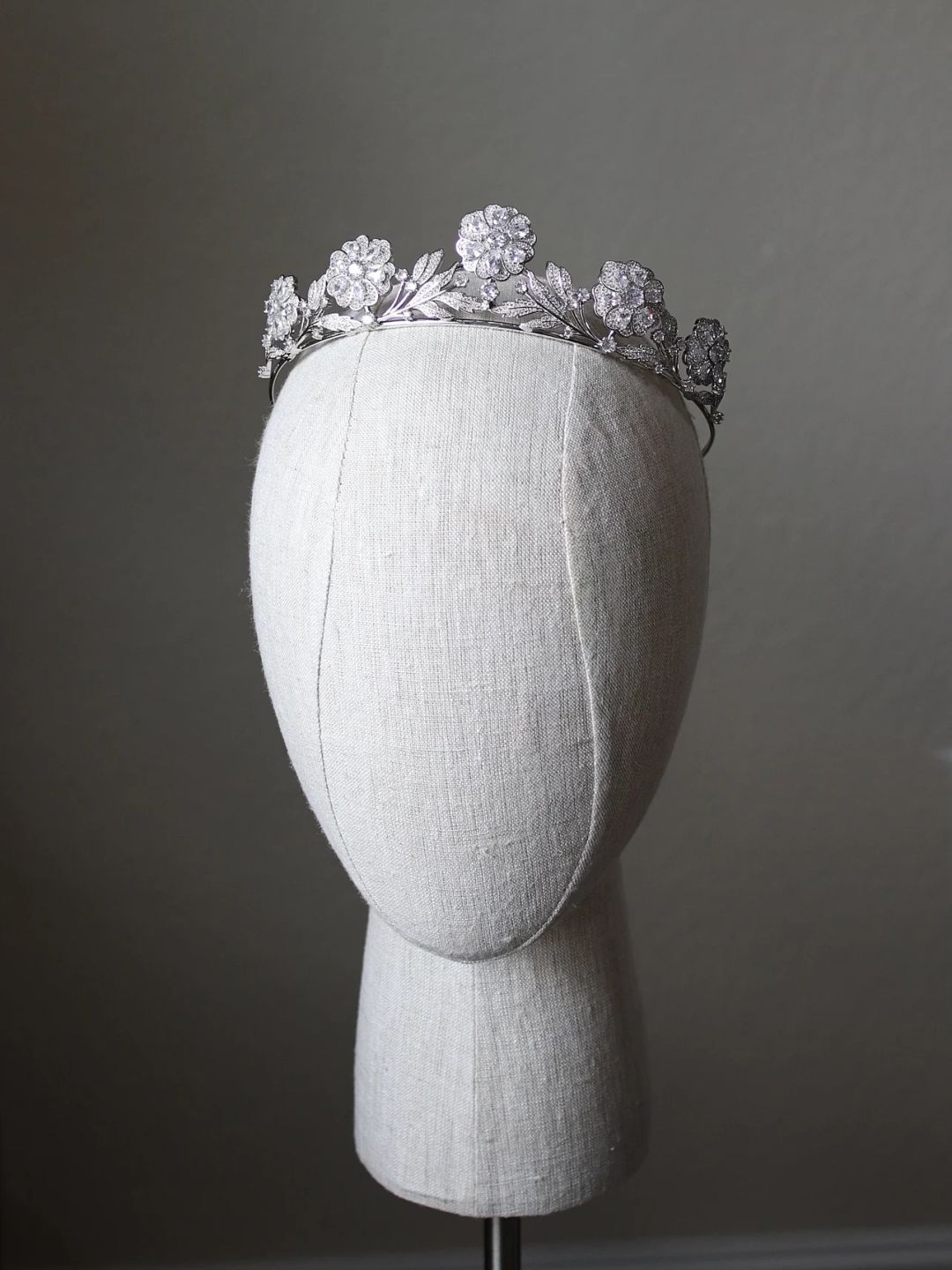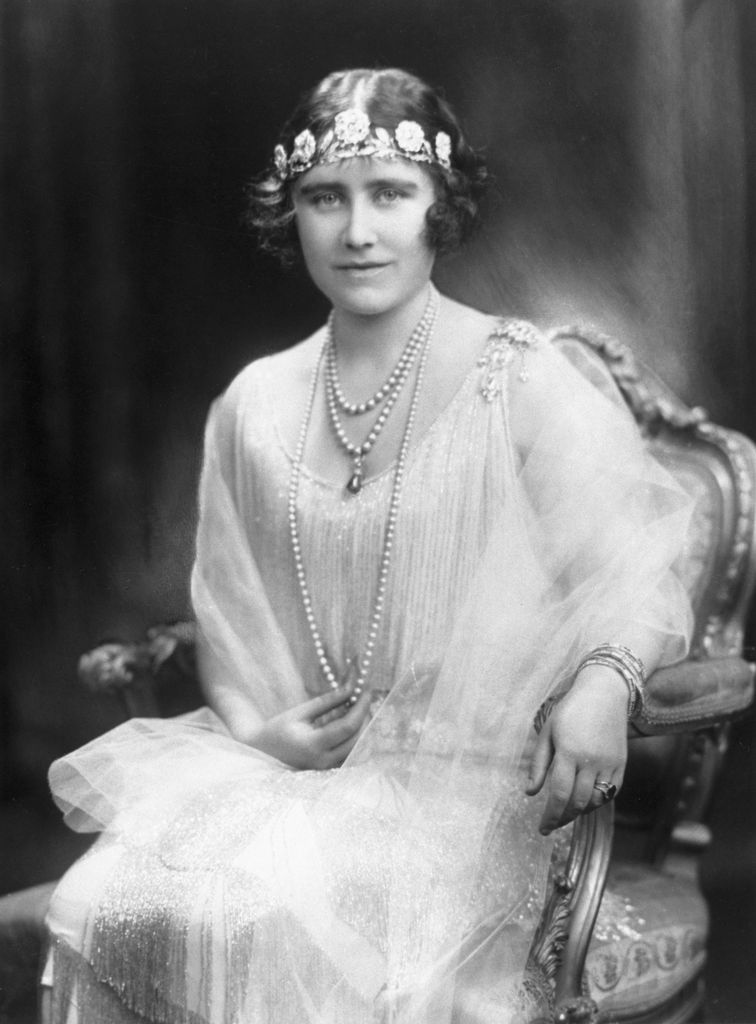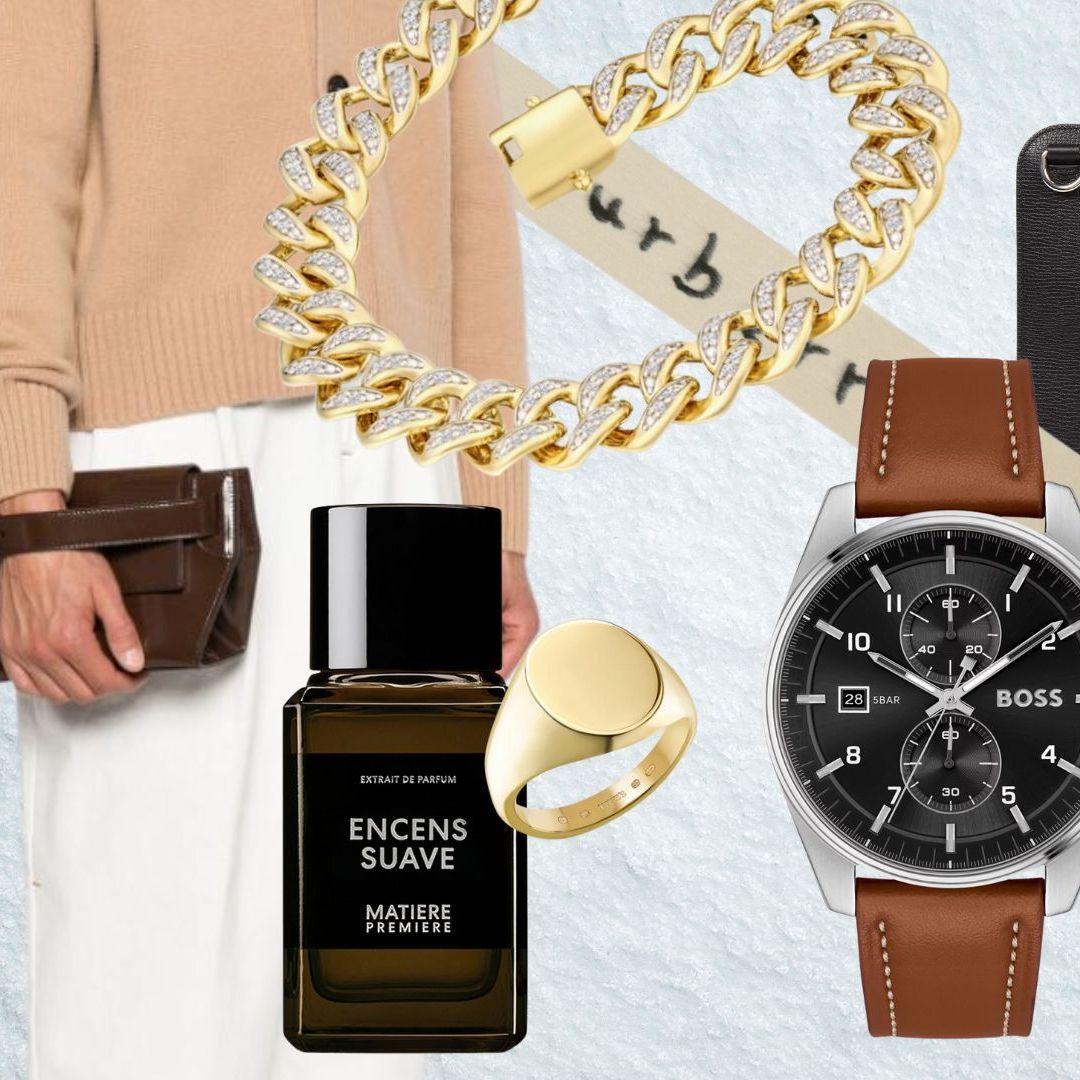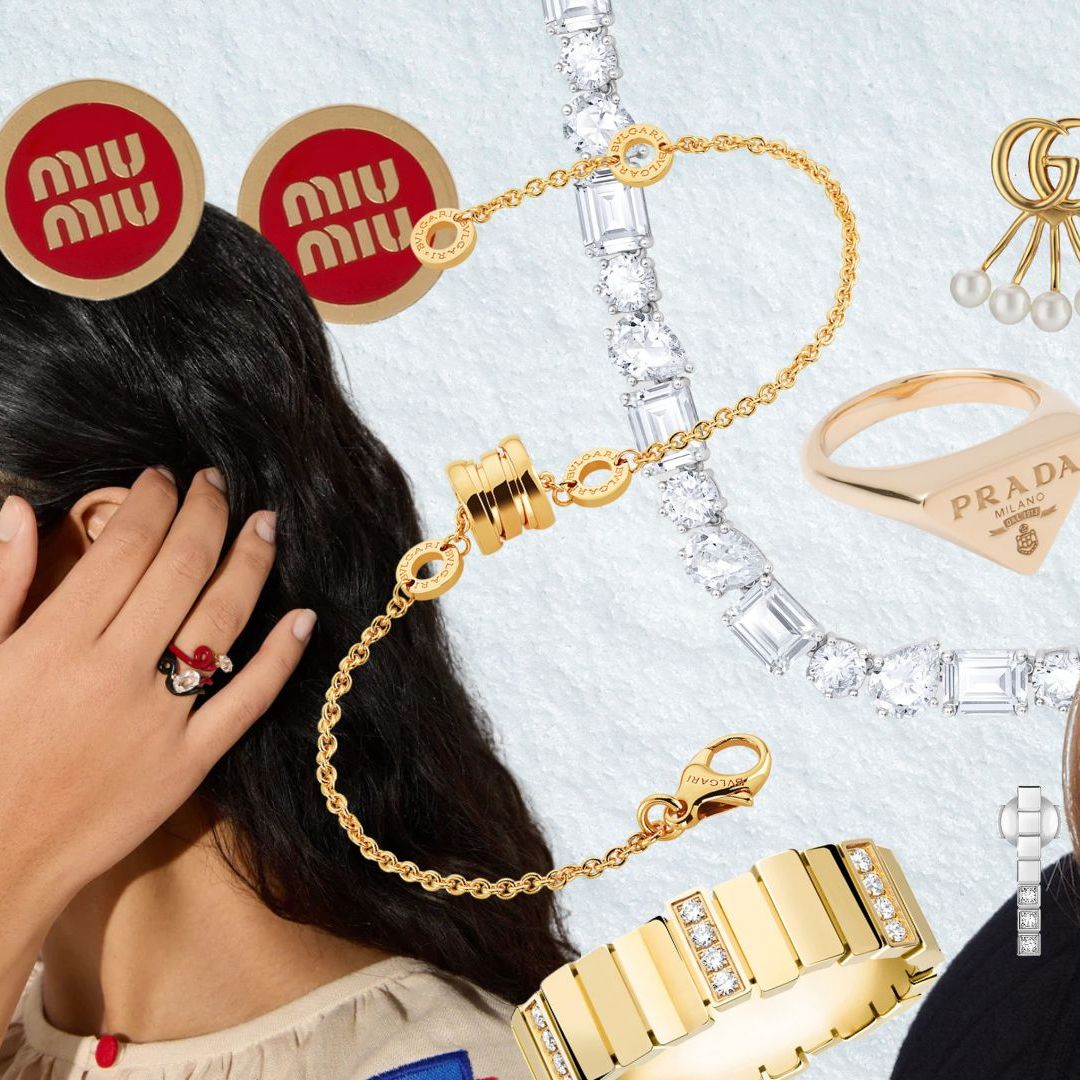In a dazzling display at the South Korean state banquet, the Princess of Wales made a breathtaking debut with the Strathmore Rose tiara.
Paired with a white Jenny Packham gown adorned with intricate gold floral detailing, the outfit was a masterpiece. However, stealing the limelight was the tiara itself, a resplendent piece unearthed from the royal vaults after nearly a century, showcasing its timeless elegance. Princess Kate elegantly swept her brunette locks into a half updo, further accentuating the regal charm of the diadem.
For those who aspire to emulate this royal style but lack access to family heirlooms (sobs) Eden Luxe Bridal presents an enticing solution. Their identical replica, the Strathmore Rose Simulated Diamond Royal Bridal Crown, is priced at £390.45.
Touted as a Limited Edition, this exquisite tiara pays homage to the iconic Strathmore Rose Tiara first worn by the Queen Mother in 1926. Crafted with fine jewellery-set simulated diamonds and platinum plating, the tiara boasts over 30 carats of flawless Cubic Zirconia Simulated Diamonds, destined to become a cherished heirloom for future generations.
The attention to detail is evident, with features like pin loops for added security during celebratory dances at weddings.
The history of the Strathmore Rose tiara:
Delving into the history of the Strathmore Rose tiara reveals its public resurgence after decades of obscurity since the 1930s, when it was a beloved accessory of a prominent member of the Royal Family. This floral masterpiece, belonging to the Queen Mother's collection, has remained hidden in the Windsor vaults for years.
The tiara derives its name from the Queen Mother's family, the Bowes Lyons, with Lady Elizabeth Bowes Lyon receiving it upon her marriage to the Duke of York in 1923. Although not yet destined to be queen, the new duchess was bestowed with this floral piece from Catchpole and Williams, a London-based dealer. Notably, the tiara, purchased in the 1920s, was crafted in late nineteenth-century England, with removable flowers that could originally be exchanged for five collet-set sapphires.
A unique feature of this tiara lies in its versatile wear, initially donned low across the forehead in the 1920s style but also atop the head, as evidenced by images of the Queen Mother. With two separate frames accommodating both bandeau and traditional ‘top of the head’ styles, the tiara stands as a testament to evolving fashion amongst the British monarchy.
Speculations surrounding the tiara's absence ranged from changing trends in tiara wearing to theories of disrepair. Before Kate donned the diadem, its most recent sighting was at the 2002 Victoria and Albert Museum exhibition and in "The Queen's Diamonds", revealing the tiara to be in impeccable condition.
HELLO!'s selection is editorial and independently chosen – we only feature items our editors love and approve of. HELLO! may collect a share of sales or other compensation from the links on this page. To find out more visit our FAQ page.
